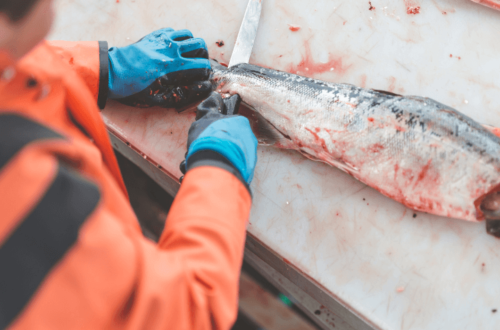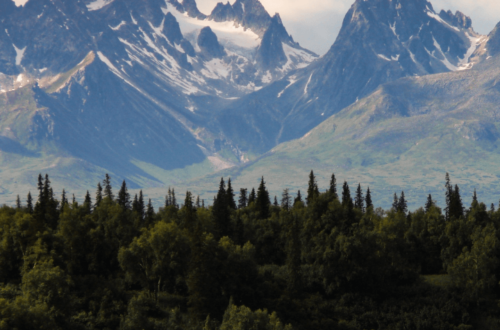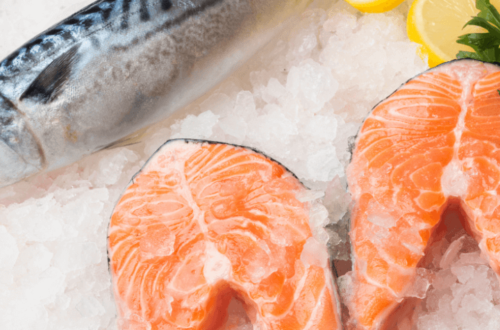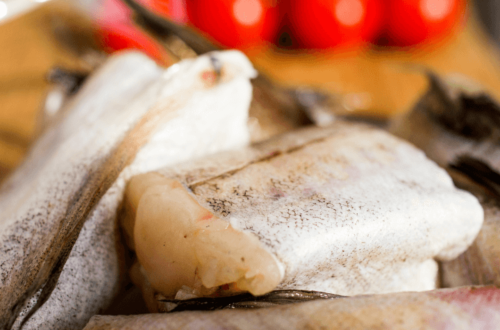Alaska, often referred to as “The Last Frontier,” is a land of unparalleled natural beauty, rugged landscapes, and diverse ecosystems. Nestled in the northwest corner of North America, Alaska boasts some of the most extreme and dynamic weather patterns on the planet. From subarctic temperatures to dramatic seasonal changes, the weather in Alaska is as diverse and awe-inspiring as the state itself.
Understanding Alaskan weather requires a closer look at the factors that influence its climate and the unique characteristics that define each region. Let’s delve into the mysteries of Alaskan weather and uncover what makes it so fascinating.
One of the defining features of Alaskan weather is its geographical diversity. Stretching across more than 663,000 square miles, Alaska encompasses a wide range of climates and landscapes, from the icy tundra of the Arctic Circle to the temperate rainforests of the Southeast.
In the northernmost reaches of the state, polar climates prevail, with bitterly cold temperatures and long, dark winters. In contrast, the southern coastal regions experience milder temperatures and wetter conditions, thanks to the moderating influence of the Pacific Ocean.
Alaska is a land of dramatic seasonal changes, with each season bringing its own unique weather patterns and phenomena. In the winter months, Alaskans brave frigid temperatures, biting winds, and heavy snowfall, while in the summer, they enjoy long days, abundant sunshine, and mild temperatures.
The transition between seasons can be swift and dramatic, with springtime heralding the arrival of warmer temperatures, melting snow, and the resurgence of life in the wilderness. Similarly, autumn brings a riot of colors as the landscape transforms with the changing foliage, signaling the approach of winter once again.
Alaska is no stranger to extreme weather events, from powerful storms and blizzards to wildfires and avalanches. In the coastal regions, strong winds and heavy rainfall can lead to flooding and erosion, while in the interior, extreme cold and heavy snowfall pose significant challenges for residents and travelers alike.
In recent years, climate change has exacerbated many of these extreme weather events, leading to more frequent and intense storms, melting glaciers, and thawing permafrost. These changes have far-reaching implications for Alaska’s ecosystems, wildlife, and indigenous communities, highlighting the urgent need for climate action and adaptation measures.
Living in Alaska requires a certain resilience and adaptability in the face of its unpredictable weather patterns. Alaskans have developed unique strategies for coping with the challenges of their environment, from building sturdy homes and infrastructure to stocking up on supplies and staying informed about weather forecasts.
For visitors to Alaska, preparation is key to enjoying a safe and enjoyable experience. Whether embarking on a wilderness adventure or exploring the vibrant cities of Anchorage and Fairbanks, it’s essential to dress in layers, pack for all weather conditions, and heed local advice and warnings.
Alaskan weather is a force of nature unto itself, shaping the landscapes, ecosystems, and way of life in this rugged and beautiful state. From the frozen expanses of the Arctic to the lush rainforests of the Southeast, Alaska’s weather is as diverse and dynamic as the land itself, offering a glimpse into the awe-inspiring power of the natural world.














